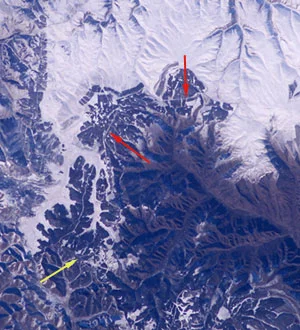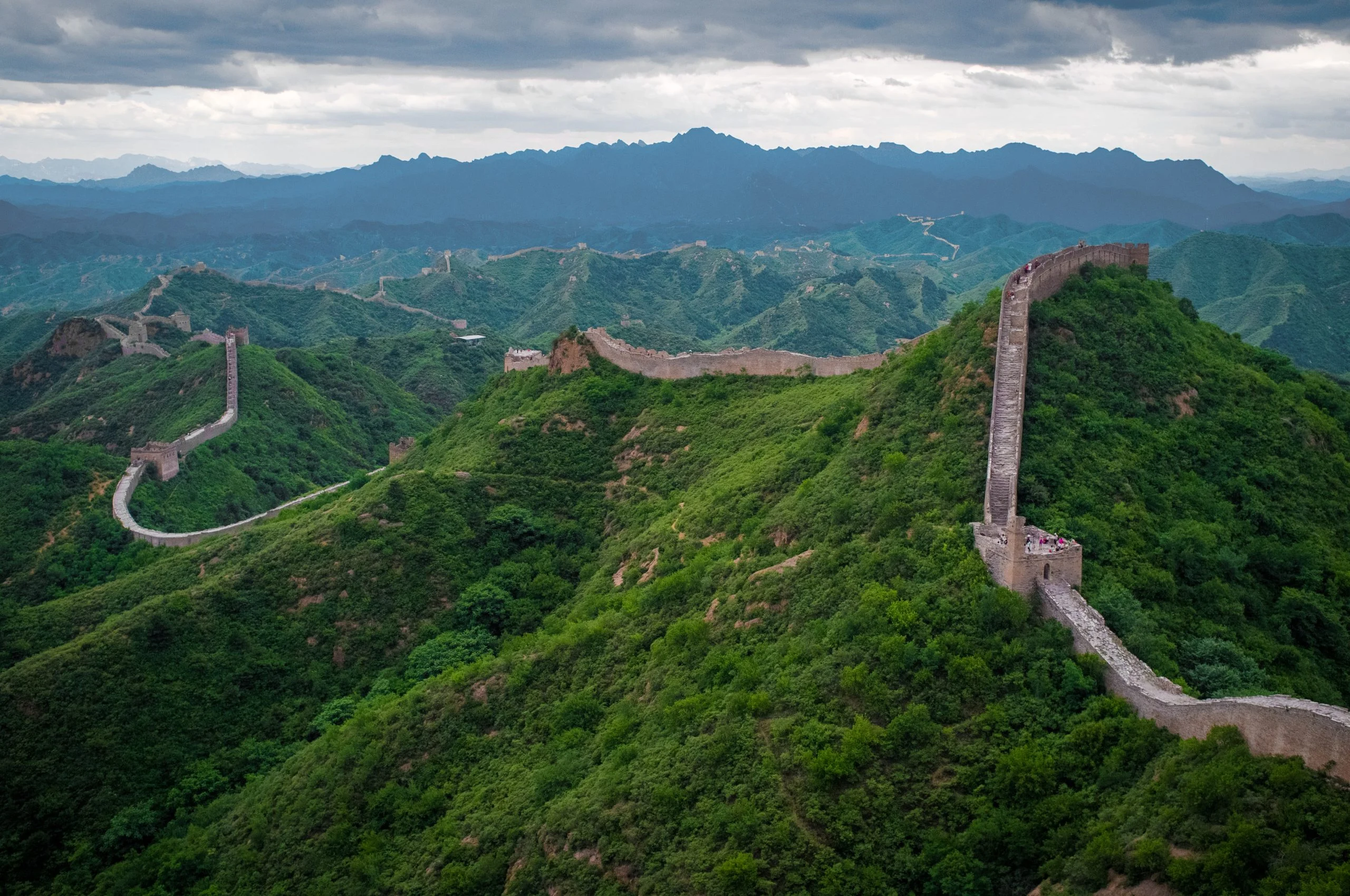It is a common belief that the famous monument of Chinese fortification is easily visible even from a very great height. We checked whether this is actually true.
The Great Wall of China is one of the main attractions of China, introduced on the UNESCO World Heritage List, and in 2007 a complex of defensive structures entered one of the seven new wonders of the world. Total wall length amounts to about 20,000 km, so it is not surprising that there are allegations that it is allegedly visible to the naked eye from space. Some even clarify that the wall is visible not just from space, but from the surface of the Moon. Messages of both types can be found, in particular, in publications in Facebook And "VKontakte". In the form of factual statements or unconfirmed rumors, stories about a monument visible from space can be found even in textbooks And thematic publications about the Celestial Empire.
Let's start with the statement that the Great Wall of China is visible from the moon. American astronaut Alan Bean, who stepped on the surface of the satellite, remembered: “All you see from the Moon is a beautiful sphere, mostly white (clouds), blue (ocean) and yellow (deserts), with the occasional green vegetation. From such a distance not a single man-made object is visible. In fact, once you leave orbit and are several thousand miles from Earth, no man-made objects are visible."
Although the “seen from space” version of the statement is much less specific, we can consider the correctness of this statement in relation to Earth orbit. The photographs available on the websites of space agencies refute at least the exclusivity of the Great Wall of China: on the NASA website there is chapter with images of UNESCO monuments, and on the Roscosmos website - selection with landscapes of the cities of the Golden Ring.
As for the very possibility of seeing this famous defensive structure from space, as experts assure, everything depends on weather conditions and lighting. Thus, a participant in five space flights, Jeffrey Hoffman asserts, that “he spent a lot of time looking at the Earth from space, including during numerous flights over China, but never saw the wall.” In his opinion, this is due to the perception of the human eye - the wall merges with the surroundings, so we cannot distinguish either it or, for example, the pyramids in Giza with ease and without special equipment (unlike roads or rivers).
The fact that the uniqueness of the monument was also manifested in its exceptional visibility from space has long been a source of pride in China. For obvious reasons, they treated the statements of American astronauts with distrust, although the first taikonaut (as cosmonauts are called in the Middle Kingdom) Yang Liwei agreed with your colleagues. In 2004, astronaut Leroy Chiao did a photograph of an area north of Beijing in which the Great Wall of China is barely visible. In 2006, taikonauts Fei Junlong and Nie Naisheng after returning from orbit stated, that the defensive structure was not seen from space and that it was indistinguishable from other buildings. However, in the same year, Wei Chengjie, a professor at the Institute of the Chinese Academy of Sciences doubted in these words: “We need to conduct more tests and improve the training of taikonauts. Some of them said they didn’t see her, but that doesn’t mean she’s not there.”

Although the Chinese did not trust the testimony of American astronauts, the first statement about the visibility of the Great Wall of China from space appeared in the United States. In 1938, Richard Halliburton in his "The Second Book of Miracles (East)" wrote: “Astronomers say that the Great Wall of China is the only man-made object on our planet that is visible to the naked eye from the moon.” How asserts David Mikkelson of the fact-checking project Snopes, Halliburton can hardly be considered an authoritative author - “he was not averse to inventing tall tales to captivate the public, but he himself was not the creator of the factoid, although he undoubtedly contributed to its widespread dissemination.” An even earlier mention of the legend that was found is Henry Norman’s book “People and Politics of the Far East,” published at the turn of the 19th–20th centuries, in which the author writes: “In addition to its age, it (the Great Wall of China. - Ed.) enjoys the reputation of being the only man-made object on Earth that is visible from the Moon.” One can only guess how such a “reputation” was supported several decades before the first flights to the Moon.
Fake
- Snopes. Is the Great Wall of China Visible from the Moon?
- Scientific American. Is China's Great Wall Visible from Space?
- NASA. China's Wall Less Great in View from Space
- Visible Earth. A catalog of NASA images and animations of our home planet
- Roscosmos. Photo gallery of images from spacecraft
If you find a spelling or grammatical error, please let us know by highlighting the error text and clicking Ctrl+Enter.







